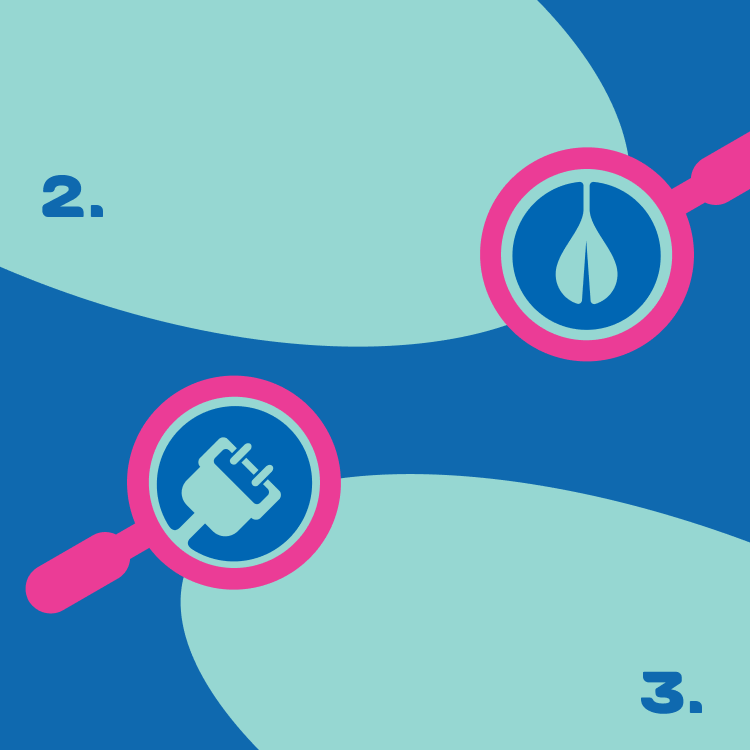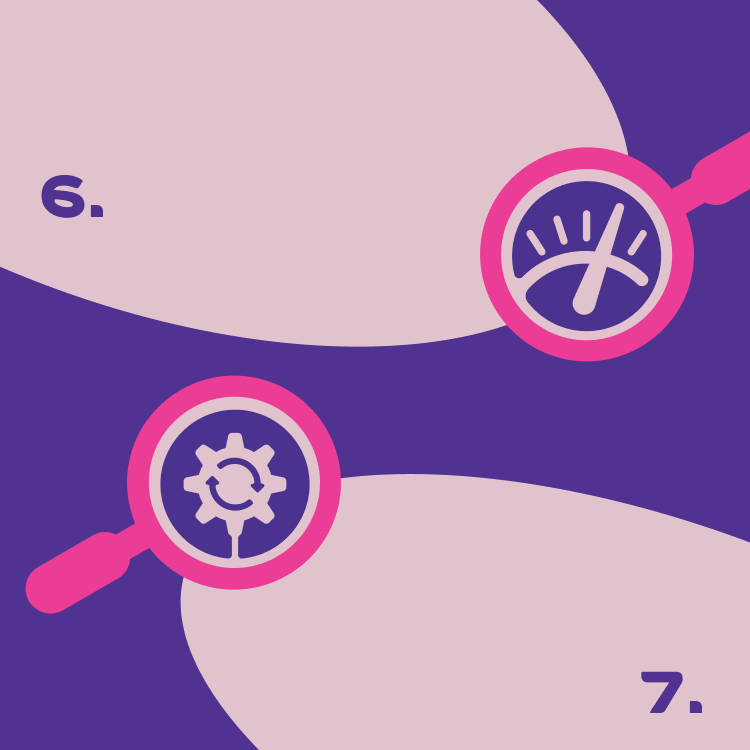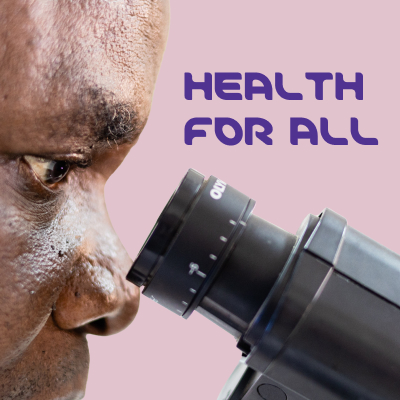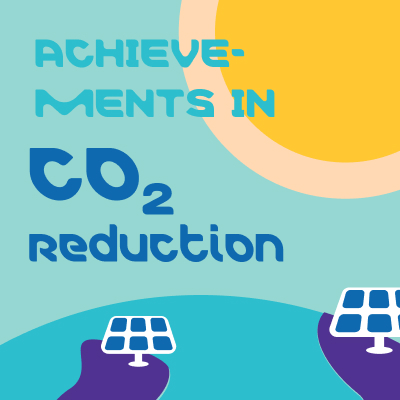Sustainable and visionary R&D
Our ambition is to leverage science and technology to achieve sustainable progress for mankind. In research and development (R&D), we evaluate the potential impact of our products throughout their entire life cycle. We look for solutions that have a positive impact on society and the environment. All this is possible through internal idea generation, partnerships and strategic investments. Collaborating with academia and fostering open innovation are also crucial in this.
Rethinking production
Our Sustainability strategy aims to reduce our ecological footprint. This requires us to lower emissions from sources owned, controlled and purchased by our company as far as possible. We must not only optimize our manufacturing processes in terms of safety, quality and cost-effectiveness, but also direct our focus towards sustainability in early production. Our GreenSpeed tool automates the evaluation of our manufacturing processes under development, enabling the comparison of different synthesis routes to identify the most sustainable chemistry for the future.
Embracing a new mindset!
Humanity’s resource consumption exceeds planetary boundaries. To tackle this challenge, we must create sustainable solutions requiring fewer resources. R&D plays an important role, which is why we've initiated the Umbrella Project. It coordinates and aligns our business sectors on core sustainability criteria and makes the R&D contribution to sustainability more transparent.

This project is a great example of joint forces to accelerate sustainable transformation – the development of sustainable solutions under one umbrella.
Our stories from the Sustainability Report 2021
Giant steps, small footprints
Every new product launch is a unique opportunity to demonstrate our progress and innovation in sustainability. With Design for Sustainability (DfS), we apply a sustainability lens and strict guidelines as we research, develop and engineer our products. This way, we minimize our customers’ environmental and health impacts while improving our product performance.

This approach is great for our business as well as for our customers in pharmaceutical research and manufacturing.
The future of plastic recycling
Dealing with plastic responsibly is key to ensuring a sustainable future. So far, frequently used plastics, such as polyethylene and polypropylene, have been very difficult to integrate into a circular economy due to their chemical structure. Together with TU Darmstadt, we are now counting on a platform technology for enzyme-mediated plastic recycling.

Breaking down plastics with enzymes has a major benefit. This method can also be used to recycle materials made of multiple types of plastic.
Contribution to our strategic goals 1 and 3
Through sustainable science and technology we want to achieve climate neutrality and reduce our resource consumption.
read moreContribution to SDG 9
We conduct research and development worldwide to develop new products and services and also make existing products and processes more sustainable.
read more











The GreenSpeed tool enables a quick and precise sustainability evaluation of our chemical processes using a methodology approved by the American Chemical Society.
Benjamin Kühne, Corporate Sustainability, Germany